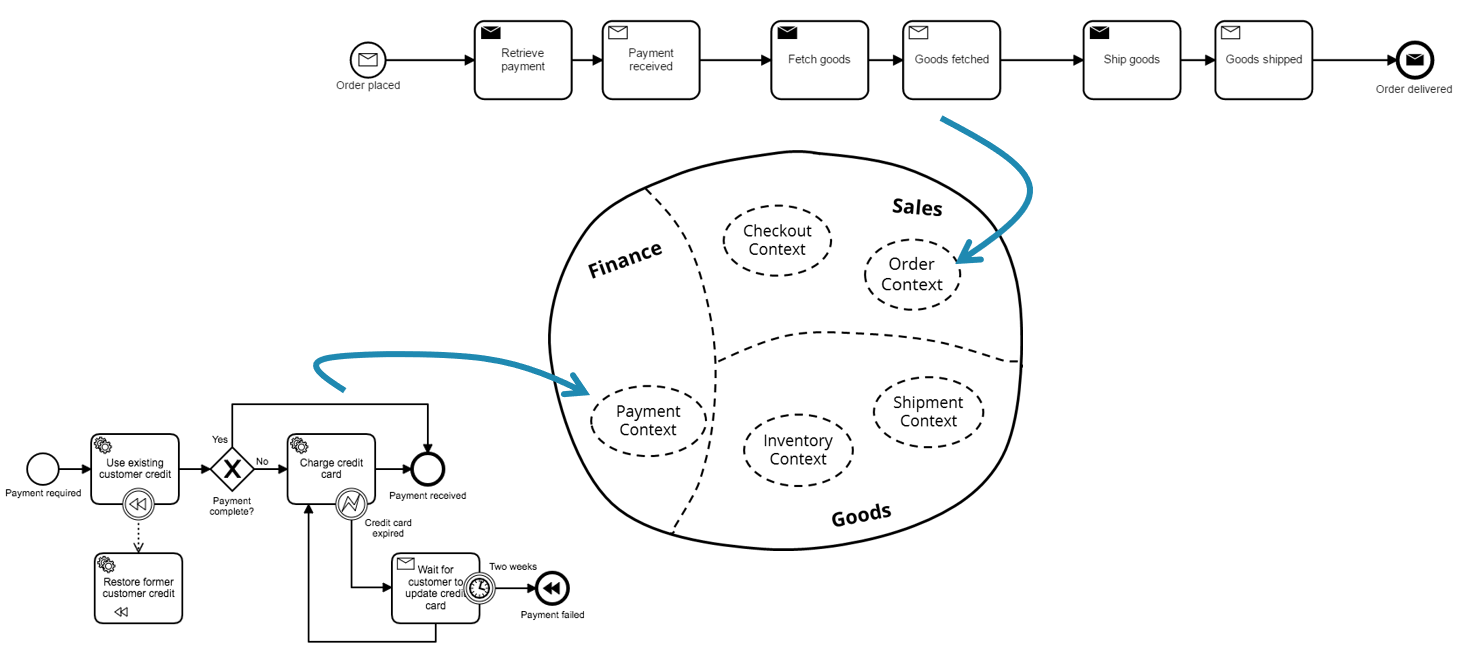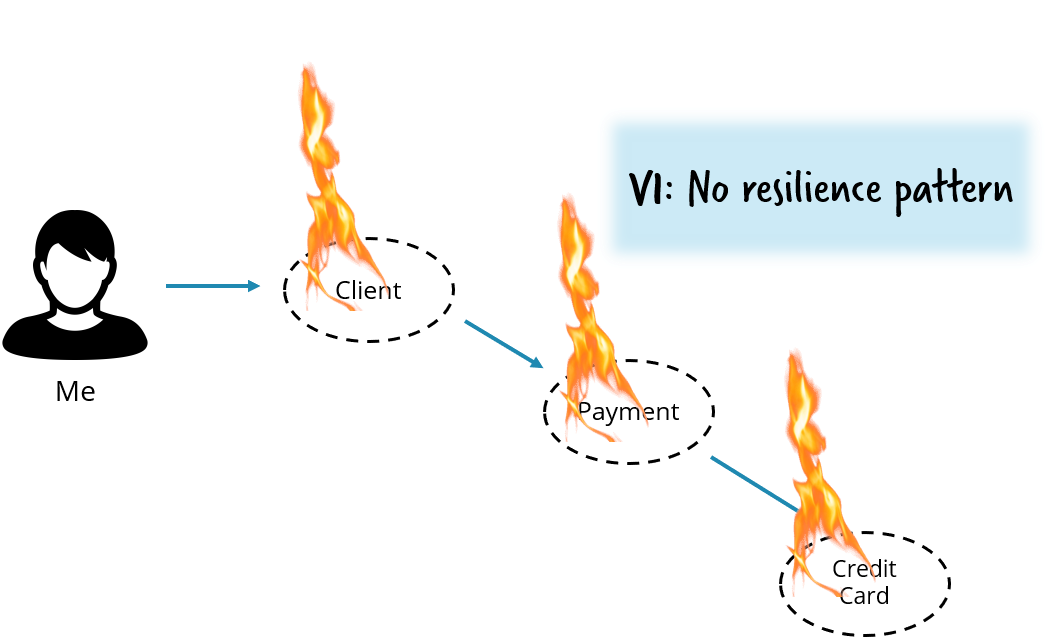This sample application demonstrates a simple order fulfillment system, decomposed into multiple independent components (that is to say: microservices).
The repository contains code for multiple implementation alternatives to allow a broad audience to understand the code and to compare alternatives. The table below lists these alternatives.
The example respects learnings from Domain Driven Design (DDD), Event Driven Architecture (EDA) and Microservices (µS) and is designed to give you hands-on access to these topics.
Note: The code was written in order to be explained. Hence, I favored simplified code or copy & paste over production-ready code with generic solutions. Don't consider the coding style best practice! It is purpose-written to be easily explainable code.
Flowing retail simulates a very easy order fulfillment system:
The most fundamental choice is to select the communication mechanism:
- Apache Kafka as event bus (could be easily changed to messaging, e.g. RabbitMQ):
- REST communication between Services.
- This example also shows how to do stateful resilience patterns like stateful retries leveraging a workflow engine.
- Zeebe broker doing work distribution.
After the communication mechanism, the next choice is the workflow engine:
- Camunda BPM 7
- Zeebe (if you are interested why Zeebe is listed in the communication mechanism as well as workflow engine please look into the Zeebe example readme)
- Zeebe hosted on Camunda Cloud
and the programming language:
- Java
- Go
- JavaScript / TypeScript
Flowing retail simulates a very easy order fulfillment system. The business logic is separated into the services shown above (shown as a context map).
Some services are long running in nature - for example: the payment service asks customers to update expired credit cards. A workflow engine is used to persist and control these long running interactions.
Note that the state machine (or workflow engine in this case) is a library used within one service. If different services need a workflow engine they can run whatever engine they want. This way it is an autonomous team decision if they want to use a framework, and which one:
You also have to deal with basic communication problems, the specifics of which depend on the means of communication (for example: asynchronous messaging vs. blocking synchronous REST calls). You might use stateful retries for this.
See REST example.
- Introduction blog post: https://blog.bernd-ruecker.com/flowing-retail-demonstrating-aspects-of-microservices-events-and-their-flow-with-concrete-source-7f3abdd40e53
- InfoQ-Writeup "Events, Flows and Long-Running Services: A Modern Approach to Workflow Automation": https://www.infoq.com/articles/events-workflow-automation
- InfoWorld article "3 common pitfalls of microservices integration—and how to avoid them": https://www.infoworld.com/article/3254777/application-development/3-common-pitfalls-of-microservices-integrationand-how-to-avoid-them.html

